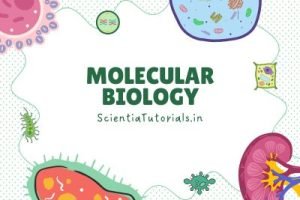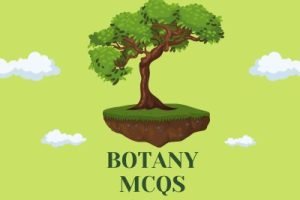MCQs on Vitamins
MCQs on Vitamins
1. The cause of short-term or acute vitamin A poisoning is due to
(a) Eating the liver of Mule deer
(b) Eating the liver of Buffalo
(c) Eating the liver of Ostrich
(d)Eating the liver of Polar bear
Sol: (d)Eating the liver of Polar bear.
2. Which of the following is the most essential nutrient for a woman during her initial stages of pregnancy to prevent birth defects?
(a) Thiamin
(b) Folic acid
(c) Vitamin C
(d) Vitamin E
Sol: (b) Folic acid.
3. Which of the following food sources has the highest levels of vitamin C?
(a) Parsley
(b) Broccoli
(c) Black currants
(d) Orange juice
Sol: (c) Black currants.
4. Which of the following vitamin helps in blood clotting?
(a) Vitamin A
(b) Vitamin C
(c) Vitamin D
(d) Vitamin K
Sol:(d) Vitamin K.
5. Which is the leading cause of blindness in children worldwide?
(a) Glaucoma
(b) Cataracts
(c) Colour blindness
(d) Vitamin A deficiency
Sol: (d) Vitamin A deficiency.
6. Which of the following vitamin deficiency causes Beriberi?
(a) Vitamin B1
(b) Vitamin B2
(c) Vitamin B6
(d) Vitamin B12
Sol: (a) Vitamin B1.
7. Who is most likely to develop scurvy – A vitamin C deficiency?
(a) A pregnant woman
(b) A malnourished child
(c) A long-time alcoholic
(d) A person with the eating disorder anorexia nervosa
Sol: (c) A long-time alcoholic.
8. Which of the following vitamin functions as both, hormone and visual pigment?
(a) Thiamine
(b) Retinal
(c) Riboflavin
(d) Folic acid
Sol: (b) Retinal.
9. Which of the following nutrient deficiency causes megaloblastic anaemia?
(a) Folic acid
(b) Niacin
(c) Pyridoxine
(d) Cobalamin
Sol:(a) Folic acid.
10. Which of the following is a fat-soluble vitamin?
(a) Vitamin B
(b) Vitamin C
(c) Vitamin B12
(d) Vitamin K
Sol:(d) Vitamin K.
11. Which of the following diseases is caused by the deficiency of Niacin?
(a) Scurvy
(b) Rickets
(c) Pellagra
(d) Pernicious anaemia
Sol: (c) Pellagra.
12. Which of the following vitamins serves as a hormone precursor?
(a) Vitamin A
(b) Vitamin C
(c) Vitamin D
(d) Vitamin K
Sol: (c) Vitamin D.
13. Which of the following is a component of the coenzyme A?
(a) Retinol
(b) Pyridoxine
(c) Retinoic acid
(d) Pantothenic acid
Sol: (d) Pantothenic acid.
14. Which of the following vitamins is also known as cobalamin?
(a) Vitamin B11
(b) Vitamin B2
(c) Vitamin B6
(d) Vitamin B12
Sol: (d) Vitamin B12.
15. Which of the following statements is false about Ascorbic acid?
(a) It shows antioxidant activity
(b) It is a strong reducing agent
(c) It can be synthesized in the body
(d) Involved in the hydroxylation of prolyl- and lysyl- residues of collagen
Sol: (c) It can be synthesized in the body.
16. Which of the following vitamins has a coenzyme function?
(a) Vitamin A
(b) Vitamin C
(c) Vitamin B
(d) All of the above
Sol:(d) All of the above.
17. Which of the following food source are the best sources of vitamin A?
(a) Sweet potato
(b) Poultry
(c) Legumes
(d) Dairy products
Sol: (a) Sweet potato.
18. Which of the following is a water-soluble vitamin?
(a) Vitamin B1
(b) Vitamin C
(c) Vitamin B2
(d) All of the above
Sol:(d) All of the above.
19. Weakness in muscles and increase in the fragility of red blood cells is caused due to the __________.
(a) Deficiency of vitamin E
(b) Deficiency of vitamin D
(c) Deficiency of vitamin C
(d) Deficiency of vitamin A
Sol: (a) Deficiency of vitamin E.
20. Which of the following is the scientific name of Vitamin K?
(a) Ascorbic acid
(b) Phytonadione
(c) Tocopherol
(d) Pantothenic Acid
Sol: (b) Phytonadione.
Tag:MCQs on Vitamins



